Introduction
In the fast-paced world of information overload, the ability to take effective notes is a skill that can significantly enhance your productivity and learning. Whether you're a student, a professional, or simply someone who wants to stay organized, mastering the art of note-taking is essential. This article will delve into the world of note-taking, offering tips, tools, and strategies to help you capture and retain information like a pro.
The Importance of Note-Taking
Note-taking is more than just scribbling down what you hear or read. It's a process that involves understanding, processing, and internalizing new information. According to a study by the University of California, Los Angeles (UCLA), students who take detailed notes tend to perform better on exams and retain information longer than those who do not.
Choosing the Right Note-Taking Method
There are various note-taking methods out there, each with its own strengths and weaknesses. Here are some popular ones:
1、The Cornell Method:
- This method involves dividing your notebook into three sections: the note-taking area, the cue area, and the summary area. It's particularly effective for lectures and long reading sessions.
2、Mind Mapping:
- Mind mapping is a visual method that helps you organize your thoughts and ideas around a central concept. It's great for brainstorming and understanding complex information.
3、Outlining:
- Outlining is a structured method that involves writing down main ideas and sub-ideas in a hierarchical format. It's ideal for organizing information in a clear and concise manner.
4、Zettelkasten:
- This method, popularized by the German sociologist Niklas Luhmann, involves writing down individual ideas on index cards. It's a powerful tool for generating new insights and connecting different concepts.
The Art of Active Listening
No matter which method you choose, the key to effective note-taking is active listening. This means paying close attention to what's being said or read, asking questions, and engaging with the material. Here are some tips to improve your active listening skills:
Focus on the speaker or material: Avoid distractions and stay present.
Summarize key points: This helps reinforce your understanding.
Take short breaks: This can help prevent burnout and maintain focus.
Using Note-Taking Tools
In addition to traditional pen and paper, there are numerous digital tools that can help you take better notes. Here are a few popular options:
Evernote: This versatile app allows you to take notes, organize them into notebooks, and sync them across devices.
OneNote: Microsoft's note-taking app offers a range of features, including handwriting recognition and the ability to embed multimedia content.
Google Keep: This simple note-taking tool is great for quick notes and reminders.
Tips for Retaining Information
Once you've taken your notes, the next step is to ensure that you retain the information. Here are some strategies to help you with that:
Review your notes regularly: This helps reinforce your memory.
Teach someone else: Explaining the information to someone else can help you understand it better.
Use spaced repetition: This technique involves reviewing information at increasing intervals over time.
Conclusion
Effective note-taking is a skill that can have a significant impact on your personal and professional life. By choosing the right method, using the right tools, and employing active listening techniques, you can become a master note-taker. Remember, the goal is not just to capture information, but to understand and retain it for future use. With practice and persistence, you'll be well on your way to becoming a note-taking ninja!


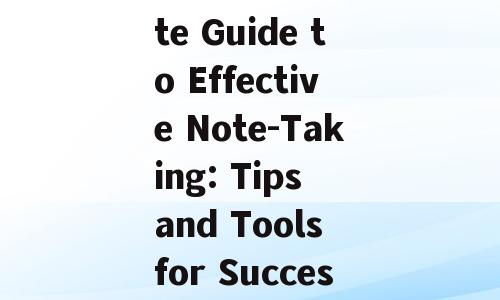
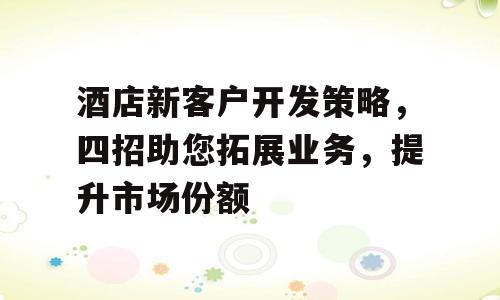
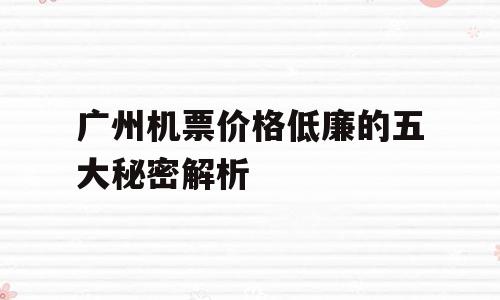

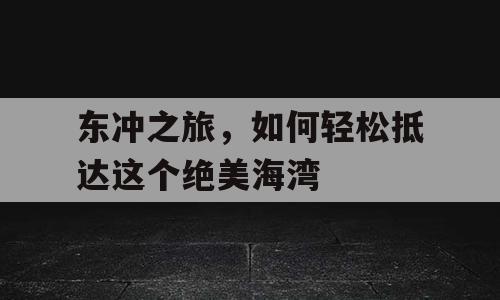
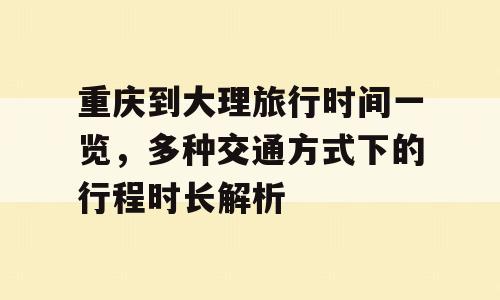
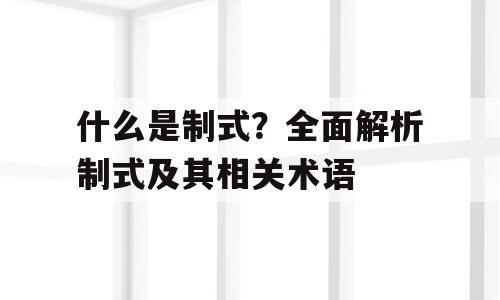
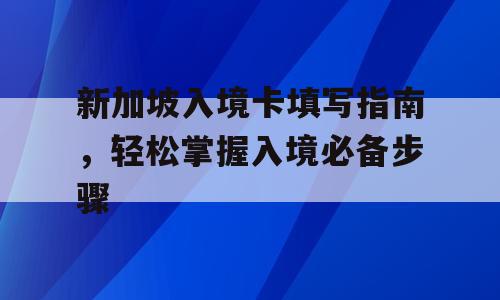





还没有评论,来说两句吧...